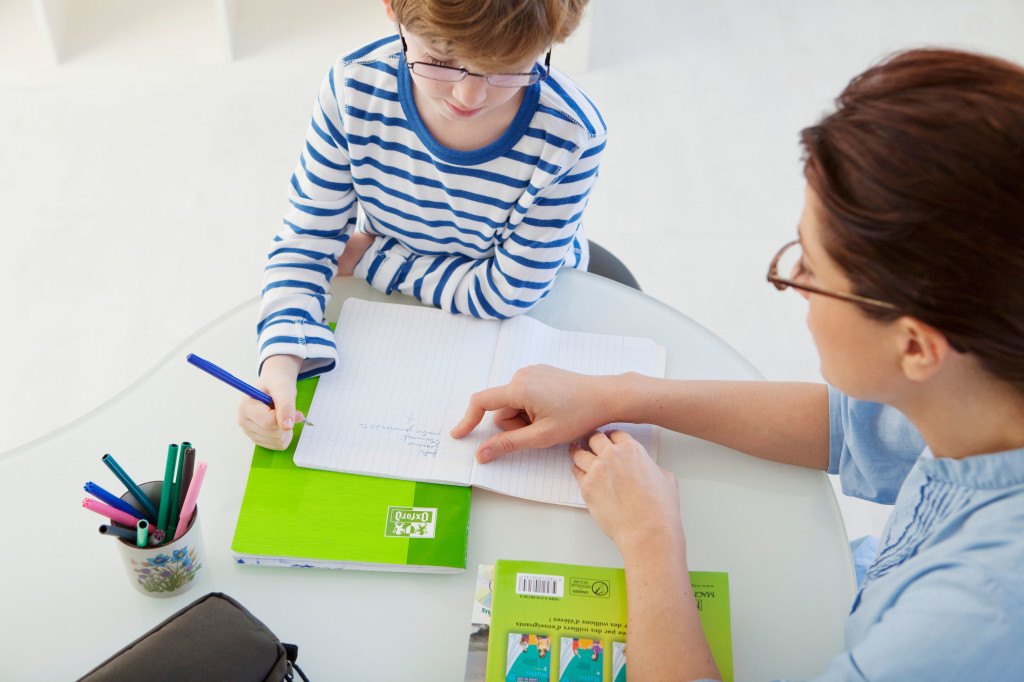Creating effective meetings with your child’s BCBA and other service providers can be difficult. In this month’s ASAT feature, Preeti Chojar, Board Member of the Association for Science in Autism Treatment (ASAT), shares some valuable tips about how parents can make the most out of these meetings. To learn more about ASAT, please visit their website at www.asatonline.org. You can also sign up for ASAT’s free newsletter, Science in Autism Treatment, and like them on Facebook!
Answered by Preeti Chojar, Mother and ASAT Board Member
It is terrific that your team meets monthly! Collaboration and consistency amongst members of the professional team is the hallmark of a successful home program. I have found that a great way to build teamwork is to have regular meetings to keep the whole team on the same page. Here are some suggestions to help you use this time effectively and efficiently. In our particular case, we meet monthly, but keep in mind that some teams may need to meet more frequently (depending on the composition of the team, level of oversight required, and needs of the child).
Meeting composition
Ideally, a time should be scheduled when the entire team can be present. A supervisor like a behavior consultant (e.g., BCBA) or a family trainer should be present as well. It could also include any related service providers, such as the speech pathologist, occupational therapist, or physical therapist. Assembling the entire team can be difficult but try your best, as the benefits will make it worthwhile.
Develop the agenda
Always create an agenda well before a team meeting. Please note that this agenda should not side-step any other communication that should be occurring (e.g., the consultant may want to know right away if a new skill-acquisition program is not going well).
- Start by writing down any new behaviors, both positive and negative. Also note if there is evidence of lost skills or discrepancies in skill levels across settings, situations or people.
- Any data taken by instructors should be summarized and analyzed before the meeting.
- Add anything that the supervisor or the collective wisdom of the group could help resolve.
- One of the agenda items should always be to review last month’s meeting notes paying close attention to any open or unfinished items.
- If the child is also receiving services in a school or center-based environment, it is beneficial to seek input from those providers as well. Any observations made by people in the community that highlight some skill or skill deficit which had gone unnoticed can be brought to the table too.
- Finally, make sure the agenda is well balanced and addresses everyone’s concerns. Prioritize agenda items and if necessary suggest some time limits.
Circulate the agenda
- Make sure to circulate the agenda to everyone attending the meeting, ideally a few days before the meeting.
- Ask all team members to notify you ahead of time of any other agenda items they might have that were not added yet.

 While an ABA professional should be coming in to organize and run your ABA program, as a parent or guardian, there are some simple things you can do to make the time your child spends in a home session more effective. Several tips are here, but it may be unrealistic for you to follow ALL of these tips. Consider your home environment and family’s needs, then implement the tips that are the most feasible for your situation.
While an ABA professional should be coming in to organize and run your ABA program, as a parent or guardian, there are some simple things you can do to make the time your child spends in a home session more effective. Several tips are here, but it may be unrealistic for you to follow ALL of these tips. Consider your home environment and family’s needs, then implement the tips that are the most feasible for your situation.